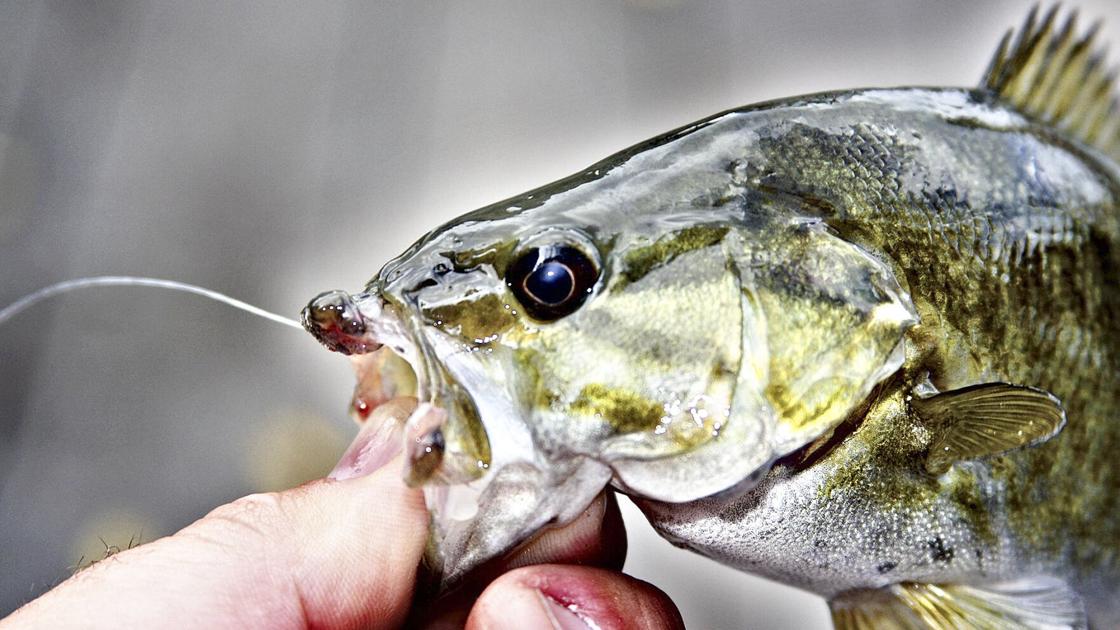
Two years ago, researchers at King’s College in London made a somewhat shocking discovery. As part of a study on contaminants of emerging concern, they collected freshwater shrimp from 15 different sites across Suffolk County. In all 15 locations they found shrimp with cocaine in their bodies!
Researchers from the U.S. Geological Survey made a similarly surprising discovery ten years earlier in 2009, when they studied fish from nine major river basins in the United States - Mississippi, Apalachicola, Colorado, Columbia, Mobile, Pee Dee, Rio Grande, Savannah and Yukon.
Roughly one-third of the smallmouth bass collected had eggs growing inside their male sexual organs! In fact, the Yukon River was the only basin where researchers did not find at least one intersex fish. Meanwhile, the Mississippi River at Lake Pepin had the highest rate of intersex fish in the entire study, with nearly 75% of the male smallmouth bass affected.
What could explain these strange phenomena?
Scientists lay the blame on endocrine-disrupting chemicals and pharmaceutical compounds, such as pesticides, medications and even common household products such as shampoo. Pesticides used on farms and residential lawns can leach into groundwater or run-off into lakes and rivers when it rains.
Medications and other pharmaceutical compounds reach our surface and groundwater resources via wastewater from our homes. For example, researchers from USGS, the National Park Service, St. Cloud State, and University of St. Thomas have found chemicals from antidepressants, pain relievers, and blood pressure medications in the St. Croix River, downstream of municipal wastewater treatment plants.
Similarly, the Minnesota Department of Agriculture monitors the presence of pesticides in groundwater at 166 sites around the state and regularly finds atrazine, a common herbicide, in groundwater samples. According to University of California biologist Dr. Tyrone Hayes, atrazine is a potent endocrine disrupter that can feminize male amphibians at very low concentrations, far below the level considered safe by the US Environmental Protection Agency.
Government entities are considering a number of strategies to address the risk of endocrine disruptors and pharmaceuticals in our water.
Last year, the EPA conducted a standard reevaluation of atrazine and adopted stronger protection measures as a result. These include reducing the application rate for residential turf, requiring more personal protective equipment for pesticide applicators, and new guidelines to reduce the risk of spray drift. Currently, the EPA is considering additional restrictions to protect endangered species.
During the past ten years, groundwater data has shown a decline in the number of wells in Minnesota with detectable levels of atrazine. In 2009-2014, atrazine was detected in 30-40% of groundwater samples collected by MDA; since 2015, it has been detected in only 10-20% of samples. Glyphosate, another common pesticide, was not detected in any groundwater samples in 2019.
Wastewater treatment operators are also working to develop new technologies that could better remove or break-down pharmaceutical compounds before treated wastewater is released to rivers, lakes and oceans.
February 26, 2021 at 01:00PM
https://ift.tt/3uIes3b
COLUMN: Intersex fish, cocaine shrimp | Free - ECM Publishers
https://ift.tt/3eNRKhS
shrimp

No comments:
Post a Comment